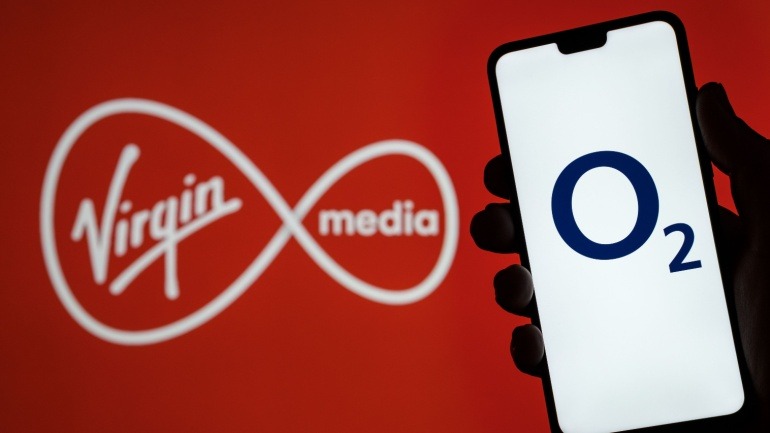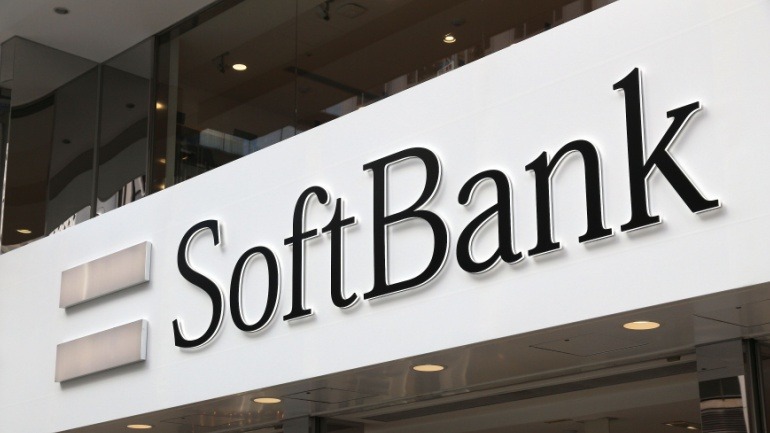The Wireless Broadband Alliance (WBA), in partnership with AT&T, CommScope, and Intel, has successfully completed enterprise-focused trials of Wi-Fi 7, highlighting its performance gains over Wi-Fi 6E. The tests evaluated Wi-Fi 7’s throughput, latency, and range using both the 5 GHz and 6 GHz frequency bands, conducted in both controlled lab settings and real-world enterprise environments.
The trials showed that Wi-Fi 7 achieved nearly 2 Gbps download speeds at close range on the 6 GHz band using 160 MHz channels, while maintaining over 1 Gbps speeds at distances up to 40 feet. In congested enterprise settings, Wi-Fi 7’s Multi-Link Operation (MLO) and improved spectral efficiency delivered consistent, reliable performance despite heavy network traffic.
WBA says the results demonstrate Wi-Fi 7’s potential to meet the growing demands of modern businesses, especially those requiring real-time communications, AR/VR applications, and AI-based automation. The enhanced performance is also expected to ease the transition for enterprises by offering backward compatibility with existing 5 GHz infrastructure.
WBA CEO Tiago Rodrigues called Wi-Fi 7 a “game changer,” citing measurable improvements in reliability and speed that will support hybrid work environments and immersive digital tools. Intel’s Eric A. McLaughlin added that the findings reinforce Wi-Fi 7’s role in delivering high-speed, low-latency connections across corporate and residential settings, enabling more efficient use of the wireless spectrum.
Looking ahead, WBA plans to continue working with industry stakeholders to facilitate Wi-Fi 7 adoption and maximize its benefits. Meanwhile, European mobile operators are urging regulators to allocate the upper 6 GHz band for mobile use, warning that failure to do so could hinder the region’s 6G development and digital future.







